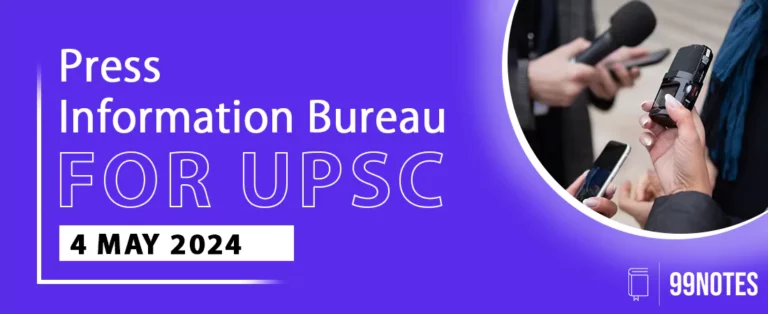18 November 2024 : Daily Answer Writing
Q1) 5G technology is a breakthrough that finds applications across diverse sectors. Elaborate. How is 5G technology different from its predecessor? Also, list the various challenges associated with its effective rollout.
(250 Words/15 Marks)
ANS
5G is referred to the next generation wireless cellular technology that is envisaged to provide faster communication with ultra-low latency. 5G technology finds applications across diverse sectors, as discussed:
- 5G is an enabling technology which will enable the usage of analogous technologies like IoT, AI, Big Data analytics, Machine to Machine communication etc.
- Infrastructure:
- 5G technology will aid in actualization of smart grids. E.g., integration of solar power, wind power with central grids.
- 5G networks can aid in creation of intelligent transportation system. E.g., use of 5G enabled AI in traffic management.
- 5G can lead to building of information highways. E.g., connecting villages with faster internet facilities.
- Industry:
- 5G will facilitate automation in the industrial manufacturing, conserving time, money and energy. E.g., use of robots in production lines.
- 5G can enhance the use of augmented reality platforms for simulation, human resource management, troubleshooting etc., in industries.
- 5G can enable real-time flow of big data leading to efficient supply chain management.
- Agriculture: 5G aided technologies can bolster resource efficiency in agriculture. E.g., gauging nutritional requirements for soil, availability of water etc.
- Ease of living: High speed of 5G will augment the technologies that can enhance the ease of living for the people. E.g., virtual assistants, possibility of autonomous vehicles etc
- Efficient governance:
- 5G technology can enable better delivery/access of welfare measures of the government. E.g., effective roll out of NDHM; extension of tele-education to the last mile etc.
- 5G technology can bolster the initiative for connectivity and participative governance. E.g., 5T initiative of the Odisha government.
- E-governance can weed out the elements of corruption, exclusions, discretion etc., from governance.
- 5G technology may become the backbone of initiatives like digital India, smart cities etc.
The 5G technology is different from its predecessors in the following aspects:
- In contrast to the 1G (analog technology), which faced the issues like call drops, poor voice quality etc., 5G cellular technology provides reliable communication network.
- In comparison to 2G technology, which provides longer range, 5G technology enables higher data transmission speed albeit with less coverage/tower(range).
- In comparison to the 4G technology, 5G has higher speed (up to 20 Gbps), frequency (26 GHz) and low latency (less than 5 milliseconds).
- 5G technology has relatively greater number of non-overlapping channels, which will prevent distortion in radio signals.
Though 5G technology has several benefits, various challenges are associated in its effective rollout:
- The roll-out of the 5G technology is a cost intensive process for both consumers and the industry players. E.g., 5G deployment requires upgradation of existing towers, maintaining 4G towers to support older devices, high-cost burden of replacing existing phones etc.
- Lack of adequate infrastructure. E.g., low fiberization will hamper effective roll-out of 5G.
- Fears of spectrum interface with the crucial aircraft navigation led to cancellation of several flights in the USA, post the roll-out of 5G. Similar glitches may dampen the roll-out of 5G technology in India.
- Legacy issues with the payment of dues (AGR) has created a credit crunch for the telecom sector.
- The absence of adequate technological know-how may lead to dependency on foreign players.
As we enter a world dominated by digital technologies, the importance of 5G technology in socio-economic growth of the country cannot be overstated. Therefore, it is incumbent on all stakeholders to ensure a smooth roll-out of the 5G technology.



